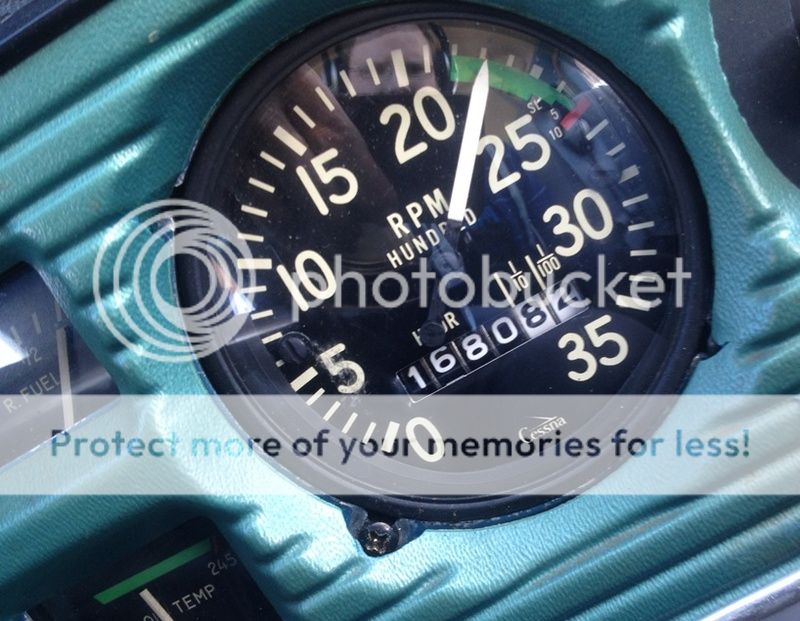James331
Ejection Handle Pulled
- Joined
- Apr 18, 2014
- Messages
- 20,309
- Display Name
Display name:
James331
I'm thinking of switching my aircraft logs and time keeping for my plane from tenths of hours to hours plus minutes.
IE. 2.5 hrs vs 2+27
Figure I'm logging hours on my plane I shouldn't over the long run and between overhauls, based on rounding by logging by tenths.
Anyone do this, suggestions?
IE. 2.5 hrs vs 2+27
Figure I'm logging hours on my plane I shouldn't over the long run and between overhauls, based on rounding by logging by tenths.
Anyone do this, suggestions?



